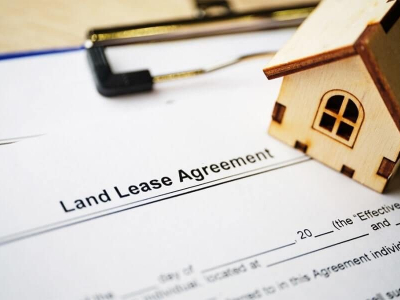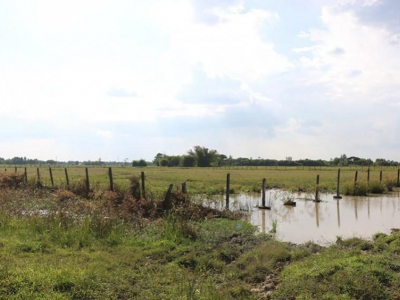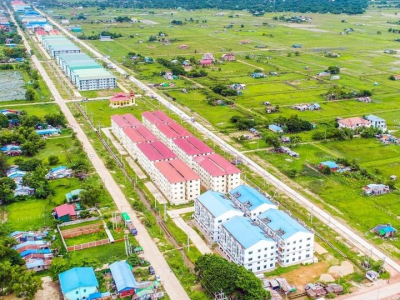Market liberalization has opened wider doors for foreign companies eager to set foot in Myanmar, and the construction industry is set to become a major growth drive of Myanmar’s economy.
Myanmar’s construction market presents huge opportunities in real estate and building construction materials along with the overall economic growth.
The Myanmar construction sector has expanded rapidly since 2012, and the value of the industry was standing at MMK 9trn (US$ 7.31bn) in 2015 with 10.37% growth rate per year.
The industry’s value has reached to MMK 11.8trn (US$ 9.58bn) in 2018 and it contributes 16.69% of the country’s GDP.
The construction industry growth is expected to remain strong over the forecast period, driven by the Government’s increasing expenditure on improving Myanmar’s public infrastructure,
and the rising interest of domestic and foreign real estate developers on constructing residential units to meet the population’s huge housing demand.(Builder Myanmar 2018)
The construction sector is going through a reform process under the Government, with particular emphasis on
• quality control and
• the rules
• regulations
• codes and standards.
The need for infrastructure development, such as road building and the provision of a stable supply of electricity and clean water, will continue to drive construction demand.
Fulfilling these needs is a priority for social development undertaken by the Government.
At the same time, Myanmar urgently need to reduce its infrastructure gap, integrate with the world and collaborate with its neighbouring countries in order to gain
from One-Belt-One-Road initiative for its economy growth.
Residential and Infrastructure accounts for 80% of the overall construction market in Myanmar.
Statistics in 2014 show Residential takes 50% of the industry when Infrastructure takes only 30%, industrial and commercial takes 14% and 6% each in the whole construction industry.
The Asian Development Bank (ADB) stated that Myanmar’s infrastructure gap between now and 2030 would be worth $120 billion.
Myanmar has urban population growth with 10 million of people in the cities require an additional of $320 billion investment on
infrastructure to tackle its endemic poverty, according to ADB.
ADB also emphasizes that business development will be hampered if the transport infrastructure is not improved to give greater access to markets and services.
They estimated that US$ 60 billion is needed through to 2030 to upgrade the transport system.
• Myanmar’s National Transport Master Plan (NTMP)
• National Electrification Programme (NEP)
• Six Logistics Corridors under Japan International Cooperation Agency (JICA)’s National Logistics master Plan and
• The National Export Strategy (NES)projects would open infrastructure investment, including building highways, upgrading the dilapidated railway system, and
carrying out new port and airport projects.
These government projects drive private sectors to concentrate more investment infrastructure category than residential,
so that a lot more investment from local and foreign investors in infrastructure sector could be seen in the near future.
Myanmar Builders Guide








